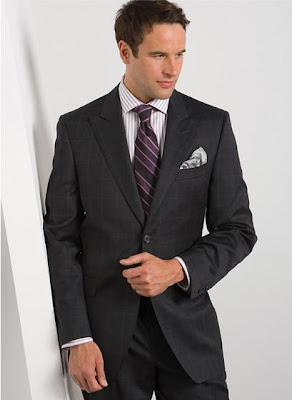The TTAB recently decided a case about the registrability of a “chirp” made by Motorola phones. Motorola filed an application to register “an electronic chirp consisting of a tone at 1800 Hz played at a cadence of 24 milliseconds ON, 24 ms OFF, 24 ms ON, 24 ms OFF, 48 ms ON.” Nextel Communications opposed the application. As explained by The TTABlog, the bases for the decision were issue preclusion and lack of distinctiveness.
It’s a more interesting story about understanding the fundamental function of a trademark, versus bare application of legal doctrine. Motorola manufactured the phones for Nextel; both claim to own the chirp. Motorola’s application for the opposed mark was filed on April 8, 2003 and the application published on November 2, 2004. Nextel timely filed an extension of time to oppose on December 1, 2004, then filed its own application on February 25, 2005 for the same mark and formally opposed Motorola’s application a week later, on March 2, 2005.
Motorola made theoretical arguments, but the TTAB wasn’t buying it. Nextel uses the chirp in its advertising; Motorola claimed this supported its secondary meaning in the chirp. While it’s possible that third-party advertising can establish secondary meaning, in this case “we find that the impression created by the advertisements is that the advertiser is attempting to associate the chirp with ‘Nextel.’ Although applicant’s cellular telephones may have been placed in the commercials, in some cases prominently, it is still the ‘Nextel’ name and contact information that was being projected repeatedly to the recipient of these advertisements.”
(note the chirp at the end of the commercial when the Nextel name is shown).
Nextel had also commissioned two mall intercept surveys on secondary meaning. It asked participants whether they “associate that sound with any particular product or service.” If the answer was “yes,” the respondents were asked if there was one or more than one company, and the follow up question was to name the company or companies. Motorola used the surveys as proof of secondary meaning because a majority of survey respondents indicated the chirp was a single source identifier. Motorola’s problem? Fifty-three percent of the respondents identified “Nextel” as the sole source, with only 1.5% indentifying Motorola.
Motorola argued that the name of the company is irrelevant since the “anonymous source rule” means that a consumer need not know the identity of the manufacturer. Not entirely true, says the TTAB: “the anonymous source rule is directed to the situation where a typical buyer would not know the corporate identity of the source. . . . There is no evidence to suggest that the survey respondents were somehow incorrect, confused, or that they were mistakenly indentifying opposer as the source for applicant’s cellular telephones.” Thus, the survey doesn’t help Motorola’s claim that the chirp has acquired distinctiveness for Motorola.
But the TTAB was able to avoid deciding directly whether Nextel owned the chirp as a mark:
| Likewise, we do not consider opposer’s argument that, “Although the Nextel Chirp has acquired distinctiveness as a mark, Motorola does not own the mark. Nextel does.” Applicant objected to this argument as comprising “an unpleaded claim” of alleged non-ownership of the mark, but argued “in the event the Board allows Opposer to proceed on this ground, it fails on the merits.” We agree with applicant that this claim was not pleaded by opposer and we will not consider it at this juncture. Moreover, even had the claim been pleaded or we deemed the pleadings amended and considered the claim tried by implied consent, we would not necessarily reach this issue. That is, because we find that applicant has not established on this record that the chirp has acquired distinctiveness for applicant’s cellular telephones, we need not determine any ownership issue. |
But expect this evidence to show up as proof of secondary meaning in the chirp for Nextel in its suspended application, now that the Motorola application is out of the way. Or does the decision that the chirp doesn’t have secondary meaning at all preclude Nextel from claiming that it does? How will this opinion come back to haunt Nextel when Motorola opposes the Nextel application?
There’s also the business question here – what did the contract say? Based on the dueling applications, it looks like the ownership of the chirp wasn’t contemplated by the parties. What happens if Nextel successfully establishes ownership of the chirp – is Motorola precluded from putting the chirp in phones for other carriers’ phones? If the use of the chirp as a trademark wasn’t contemplated in the contract, surely there’s no clarity in the contract on what to do about the chirp if Nextel ultimately is the one that gets to claim exclusive rights to it through trademark ownership. Somehow it doesn’t look like this spat will be ending neatly or soon.
Nextel Communications, Inc. v. Motorola, Inc., Opposition No. 91164353 (June 12, 2009).
© 2009 Pamela Chestek





